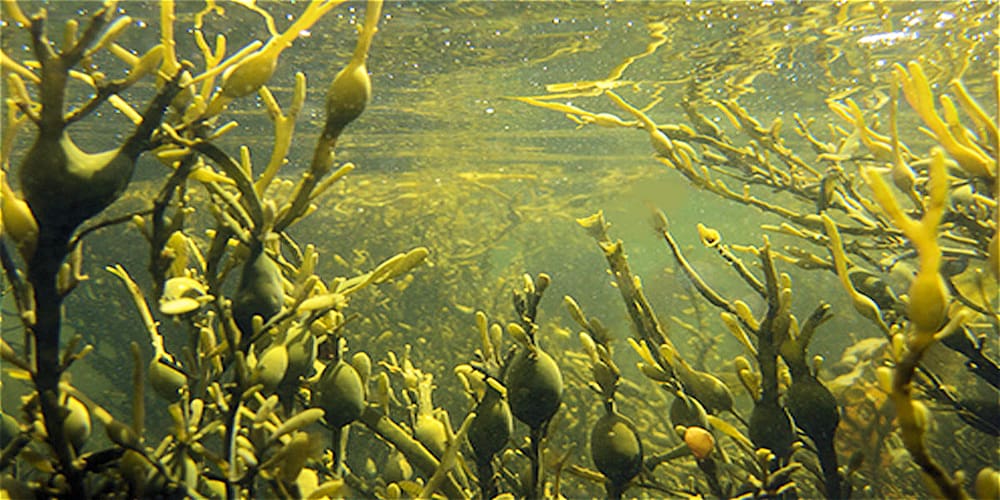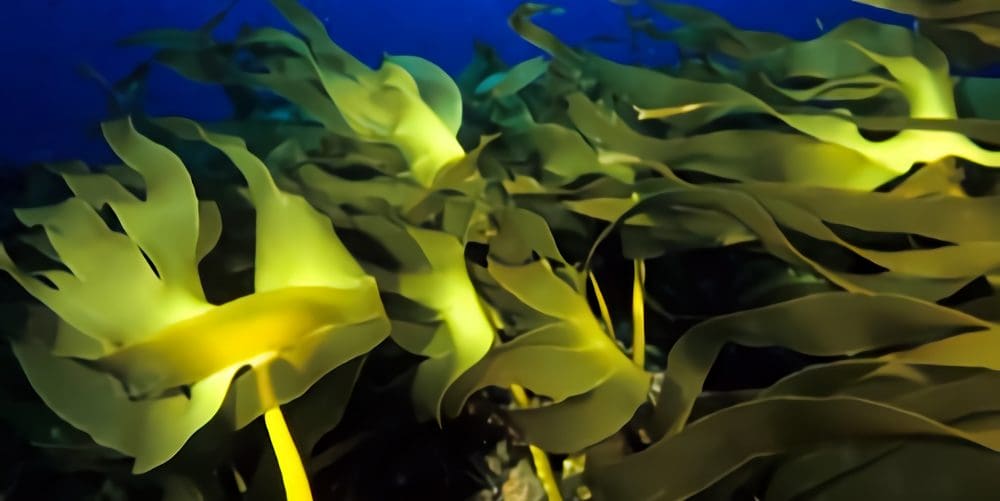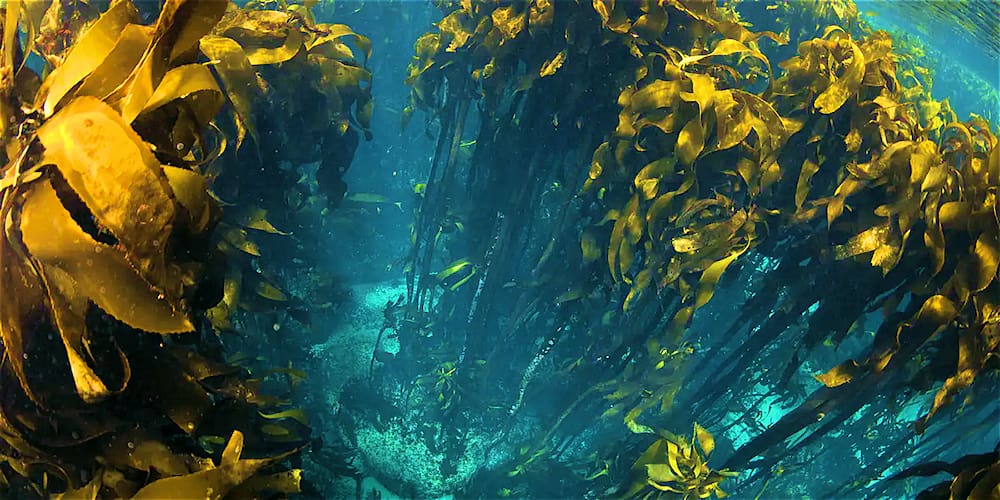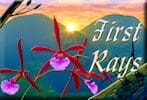Comparing Seaweed Extracts
Growers are becoming more aware of the benefits of using kelp or seaweed extracts in their nutritional regimen. Proper application can lead to a better root system and stronger plants that produce better and are more resistant to pest-, pathogen-, and nutritional stresses. However, there are so many different products available that is is difficult to know which works the best. Here we offer a little insight to help you make the right decision. The most significant factors that determine the effectiveness and quality of a kelp extract are the species used and how it is harvested and processed.
Commonly-Used Species:

Ascophyllum nodosum (above) is the most commonly-used raw material for kelp extracts that originates in the North Atlantic Ocean. It is used primarily for its mineral content and is often marketed as a “seaweed fertilizer”, but may contain phytohormones that can stimulate plant growth. Unfortunately, extracts produced ascophyllum (and most other) seaweeds tend to be higher in cytokinins than auxins, which can result in “leggy” plants with insufficient root systems.

Laminaria digitata (above) is another kelp species used for fertilizers, primarily for the mineral content.
A species that has truly proven its self as an excellent raw material for extracts is Ecklonia maxima (below), which is collected in the South Atlantic Ocean off the coast of South Africa.

Ecklonia maxima is higher in auxins than cytokinins, ensuring that the root systems of treated plants grow exceptionally well, but even more important is the wide array of minerals, proteins, amino acids, vitamins, alginates and other polysaccharides, along with additional plant growth regulators.
Studies have shown the plant and the Kelpak (formerly sold in the US as KelpMax) product made from it, to be particularly high in polyamines and phlorotannins. Polyamines help in regulating cell division, plays a huge role in plant stress mitigation and plays a role in flower initiation and senescence, and the whole process of pollen germination and pollen tube growth. They don’t stimulate more rooting on their own, but when combined with auxins, there is a significant synergistic effect. Phlorotannins stimulate rooting in a similar way to auxins. They have the ability to switch on enzymes in germinating seeds and also stimulate pollen growth.
Processing:
When preparing seaweed extracts, the selection of raw materials is important, but how those are processed can play an even bigger role in determining whether the phytochemicals are preserved or destroyed.
For example, most ascophyllum products are crushed, ground, or otherwise pulverized. Some are chemically digested by breaking them down in a sodium hydroxide (lye) bath. Any of those methods drastically degrades the chemistry of the product, usually rendering it no more effective than as a fertilizer. Dried products are worse yet, as any complex active chemicals cannot survive that treatment.
Products made from ecklonia may also be similarly mechanically reduced, but Kelpak is unique because it is treated with a low-pressure gradient process that causes the cell walls of the plant to burst, releasing the internal fluids with all their ingredients, without degrading them. Because those fluids are so pristine, the product is far more chemically active than any other kelp extract on the market, retaining all of the nutritional, stimulant and protective properties.
